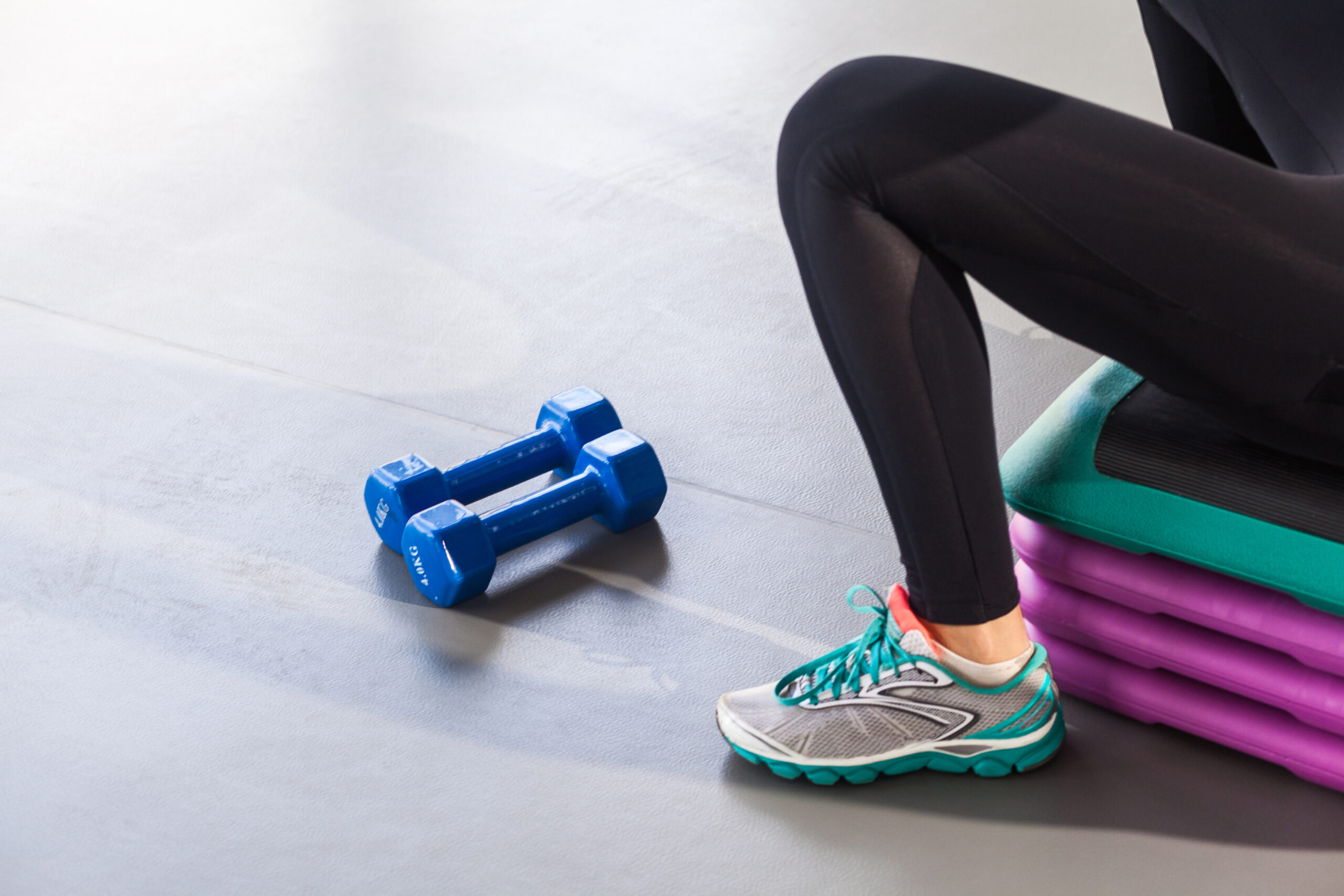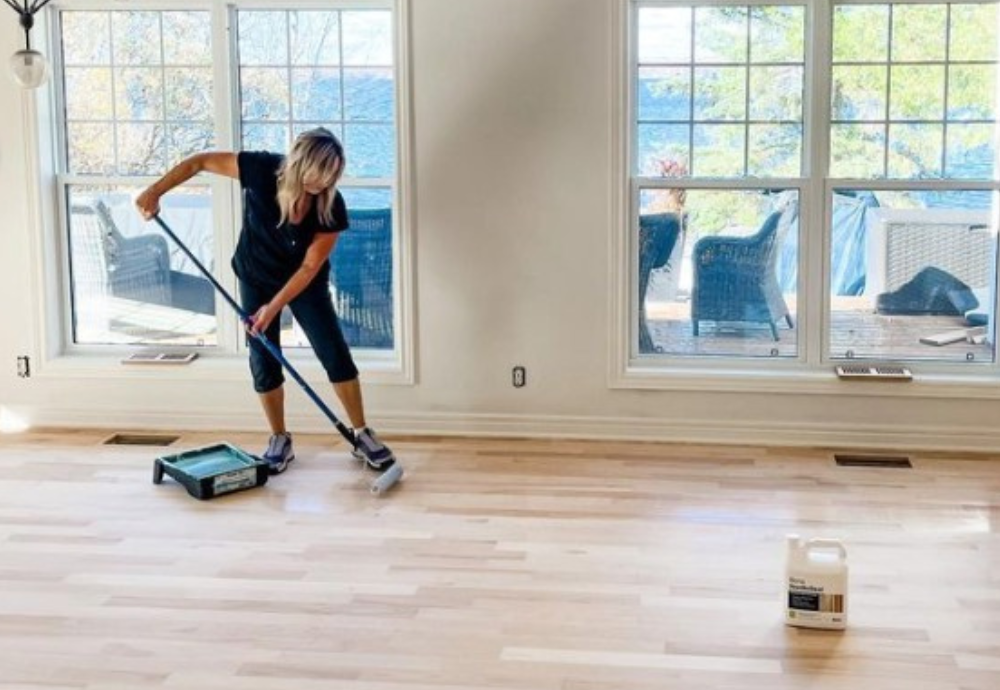
Hardwood floors can last for decades, but with wear and tear, they will eventually need refinishing. Learn how to restore their beauty by refinishing your hardwood flooring!
Learn how to sand hardwood floors with these instructions and safety tips.

The first step in learning how to refinish wood floors is preparing your floor and room properly. To test whether your floor needs refinishing, splash water droplets on it; if the droplets soak right in, it’s time for a new finish. If they bead up, your floor just needs cleaning and polishing.
As you learn how to refinish a hardwood floor, you will use different sanding steps.
Pro tip: If you are new to using a drum sander or would like to use one to sand your floor, practice on an old sheet of plywood until you feel comfortable operating it on your floors.
Pro tip: Edgers can be tricky to control, so it’s best to practice on a block of scrap wood before using an edger on an actual project.
This type of sanding will level the minor unevenness left by your drum sander and edger, as well as remove any scratches from your previous sanding job. This fine-detail work can make your DIY project look more like a professional job.
Sweep and vacuum the flooring thoroughly. Follow up with a tack cloth to remove all dust. Dust and hairs can get into the floor’s finish, leaving imperfections.

If you want to change or improve the color of your floor, apply a stain:
Pro tip : If you choose not to stain your wood floors, apply a sanding sealer before applying the polyurethane finish.

When you will apply a wood finish or oil to your floor, keep these tips in mind:
Follow these steps when applying the finish :
Pro tip : To keep a lamb’s-wool applicator from drying out, place it in a plastic bag and tightly seal the opening.
When refinishing your hardwood floors:

Knowing how to refinish hardwood floors can make your old rooms look new again. Prep properly, use the right tools, and don’t rush, it will pay off!